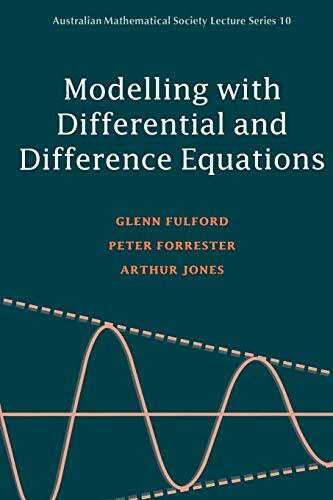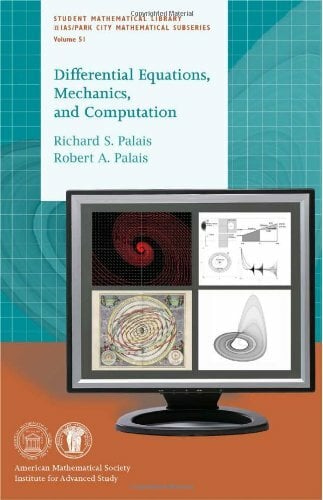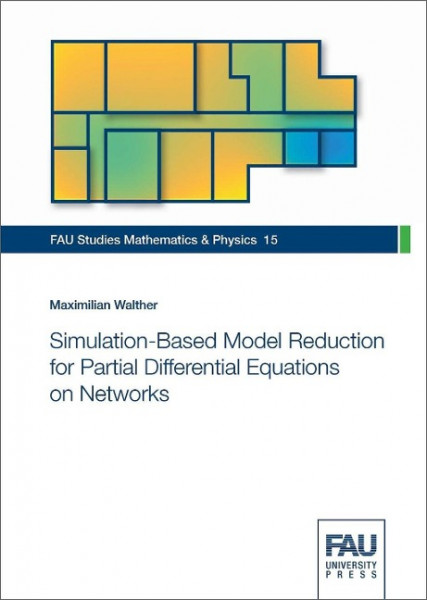
Simulation-Based Model Reduction for Partial Differential Equations on Networks
Kurzinformation
inkl. MwSt. Versandinformationen
Artikel zZt. nicht lieferbar
Artikel zZt. nicht lieferbar

Beschreibung
In this thesis, we consider model reduction for parameter dependent parabolic PDEs defined on networks with variable composition. For this type of problem, the Reduced Basis Element Method (RBEM), developed by Maday and Rønquist, is a reasonable choice as a solution on the entire domain is not required. The reduction method is based on the idea of constructing a reduced basis for every individual component and coupling the reduced elements using a mortar-like method. However, this decomposition procedure can lead to difficulties, especially for networks consisting of numerous edges. Due to the variable composition of the networks, the solution on the interfaces is extremely difficult to predict. This can lead to unsuitable basis functions and poor approximations of the global solutions. On the basis of networks consisting of one-dimensional domains, we present an extension of the RBEM which remedies this problem and provides a good basis representation for each individual edge. Essentially this extension makes use of a splinebased boundary parametrization in the local basis construction. To substantiate the approximation properties of the basis representation onto the global solution, we develop an error estimate for local basis construction with Proper Orthogonal Decomposition (POD) or POD-Greedy. Additionally, we provide existence, uniqueness and regularity results for parabolic PDEs on networks with one-dimensional domains, which are essential for the error analysis. Finally, we illustrate our method with three examples. The first corresponds to the theory presented and shows two different networks of one-dimensional heat equations with varying thermal conductivity. The second and third problem demonstrates the extensibility of the method to component based domains in two dimensions or nonlinear PDEs. These were parts of the research project Life-cycle oriented optimization for a resource and energy efficient infrastructure, funded by the German Federal Ministry of Education and Research.
Produktdetails

So garantieren wir Dir zu jeder Zeit Premiumqualität.
Über den Autor

- paperback
- 420 Seiten
- Erschienen 2013
- Springer

- Kartoniert
- 396 Seiten
- Erschienen 2019
- Springer Spektrum
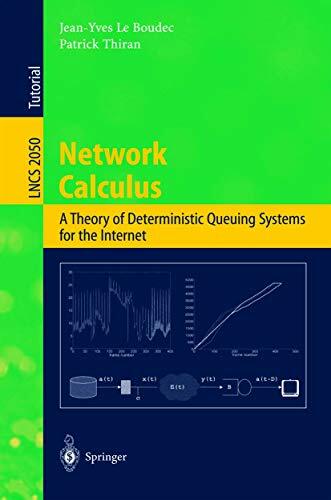
- paperback
- 296 Seiten
- Erschienen 2008
- Springer

- hardcover
- 1876 Seiten
- Erschienen 2011
- Chapman & Hall/CRC
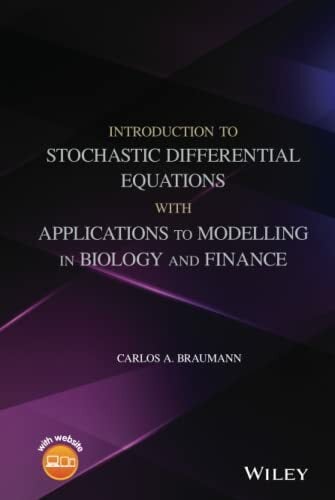
- hardcover
- 299 Seiten
- Erschienen 2019
- Wiley

- Gebunden
- 343 Seiten
- Erschienen 2016
- Wiley-VCH

- Kartoniert
- 432 Seiten
- Erschienen 2019
- Birkhäuser

- Gebunden
- 560 Seiten
- Erschienen 2021
- Wiley-VCH

- Gebunden
- 336 Seiten
- Erschienen 2008
- Springer

- Kartoniert
- 204 Seiten
- Erschienen 2007
- Springer







